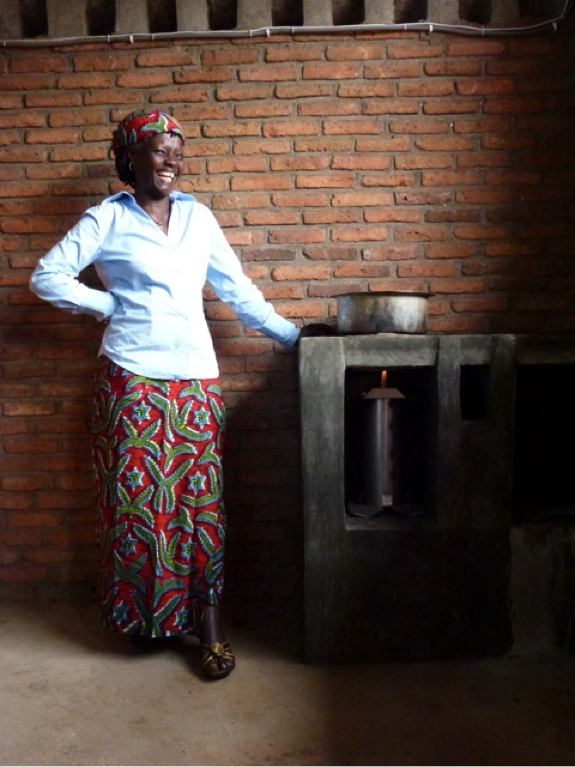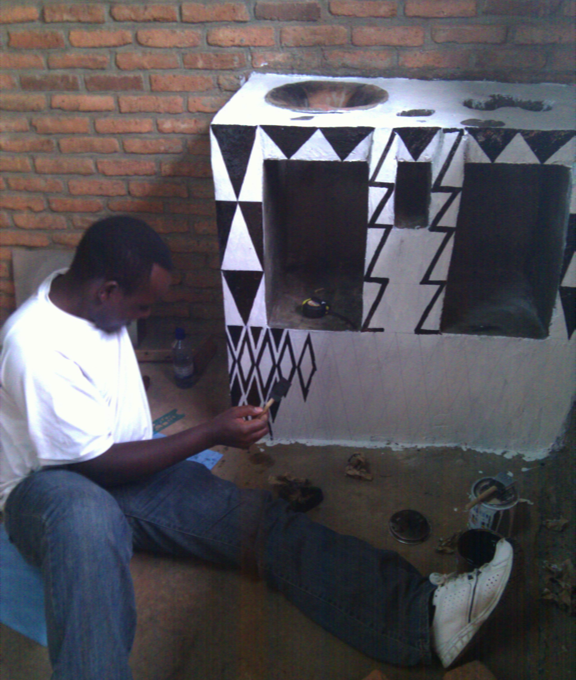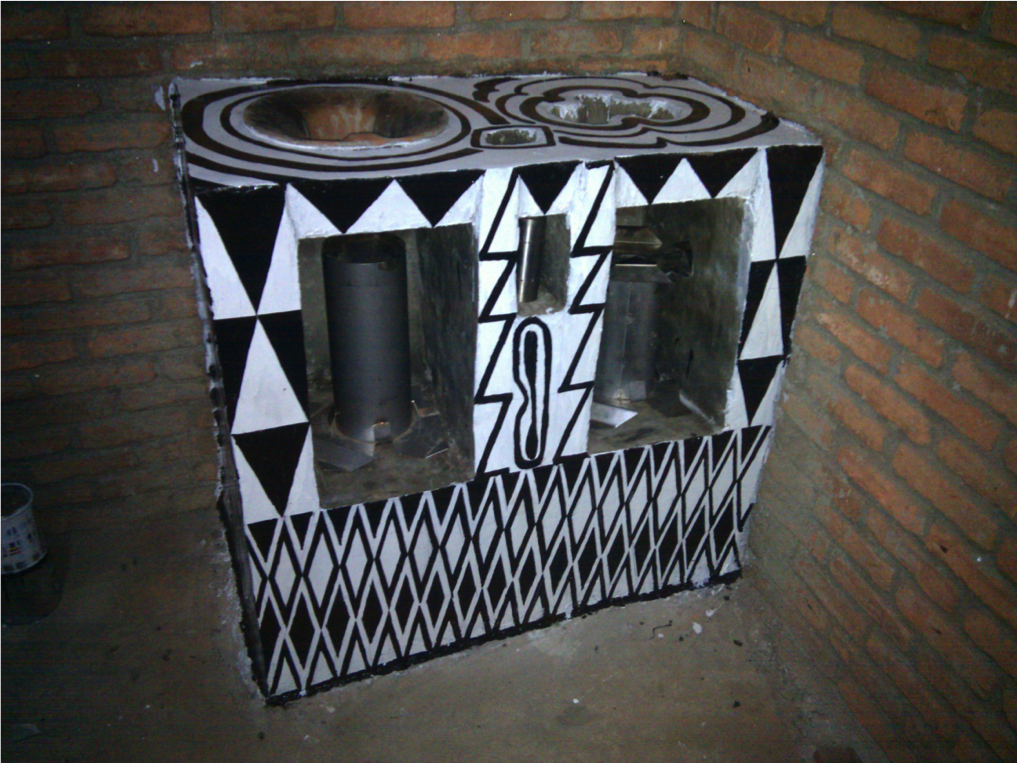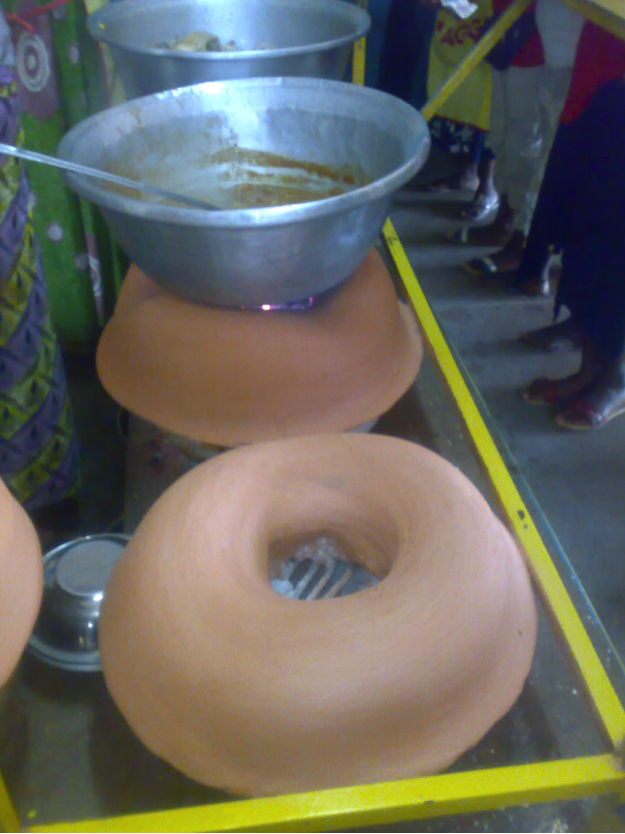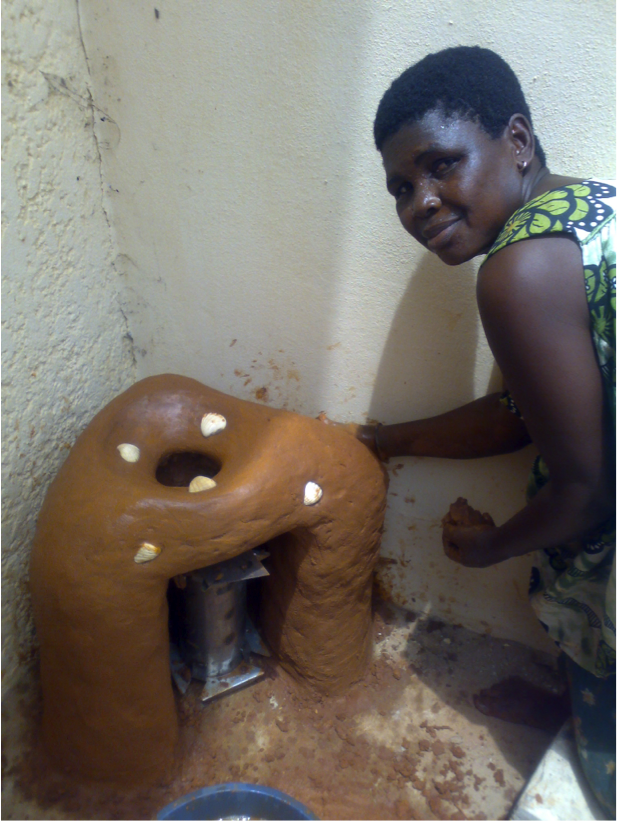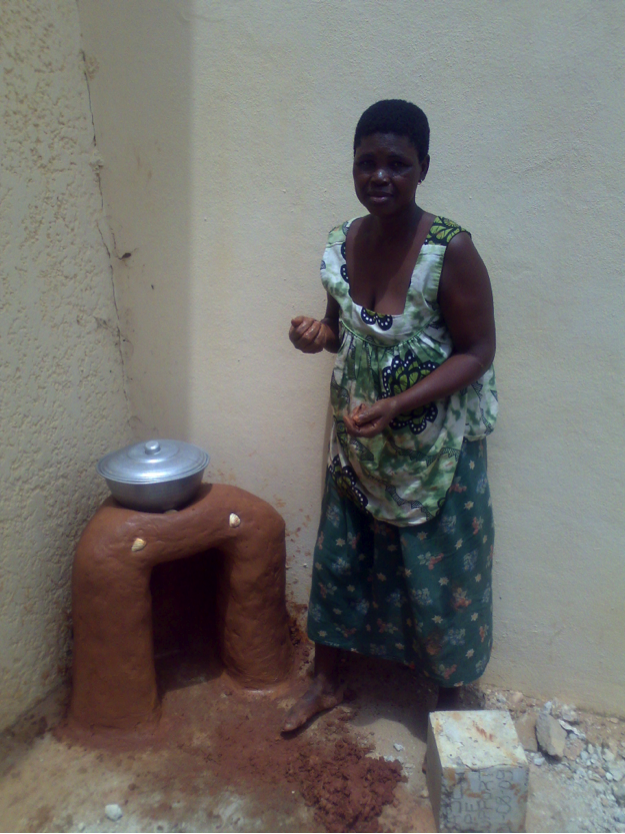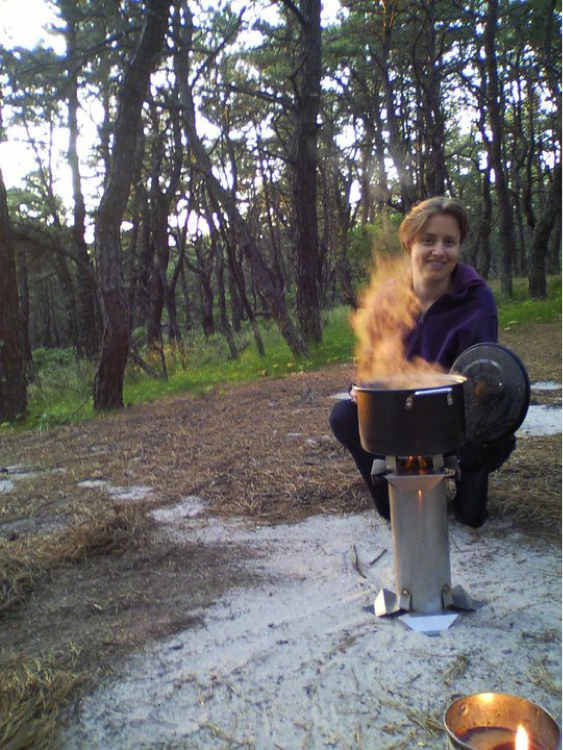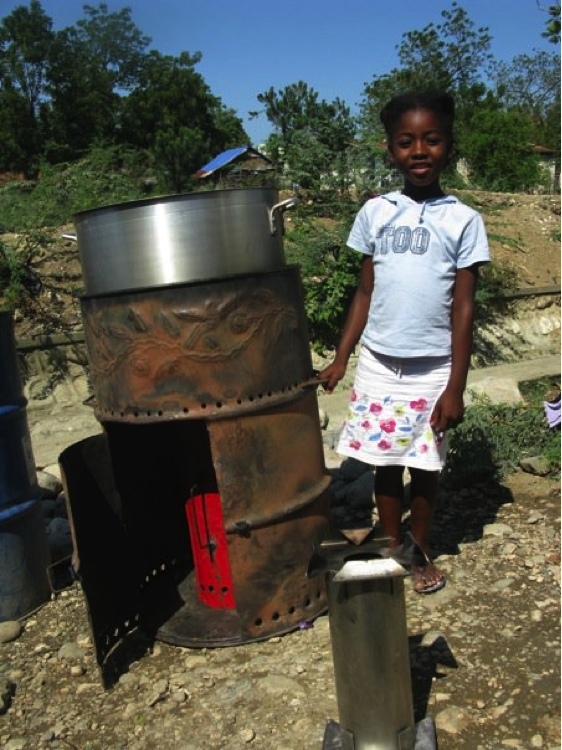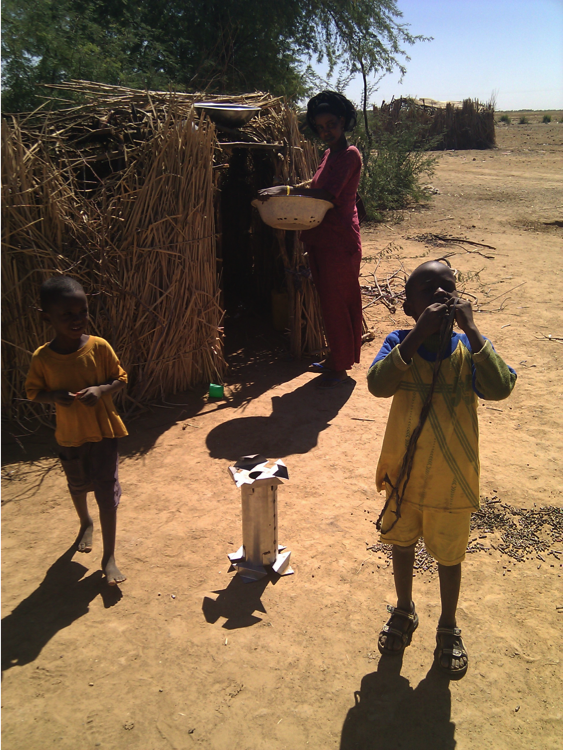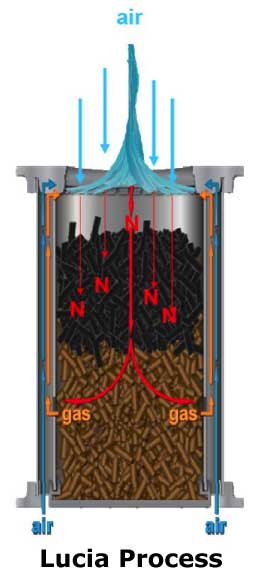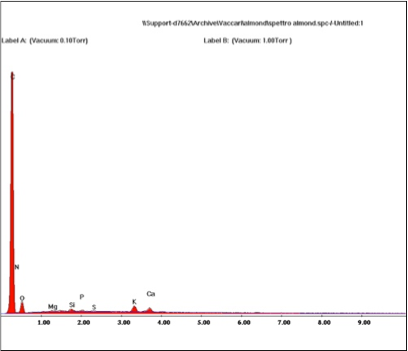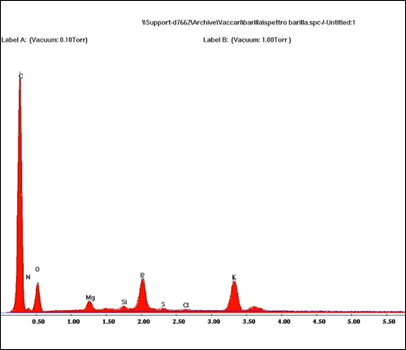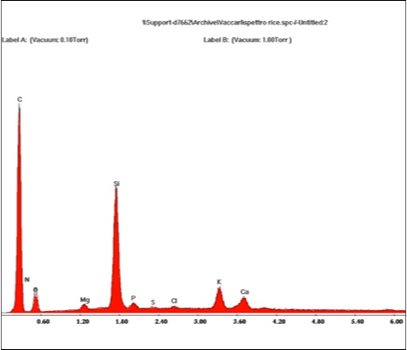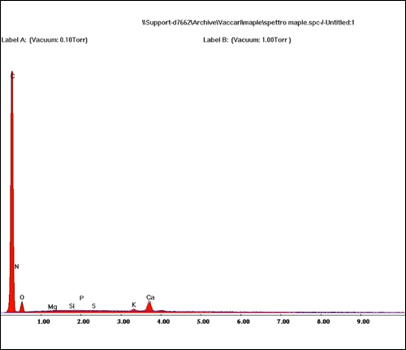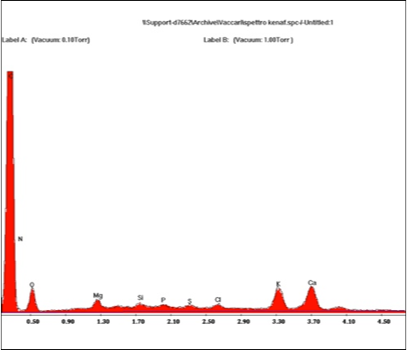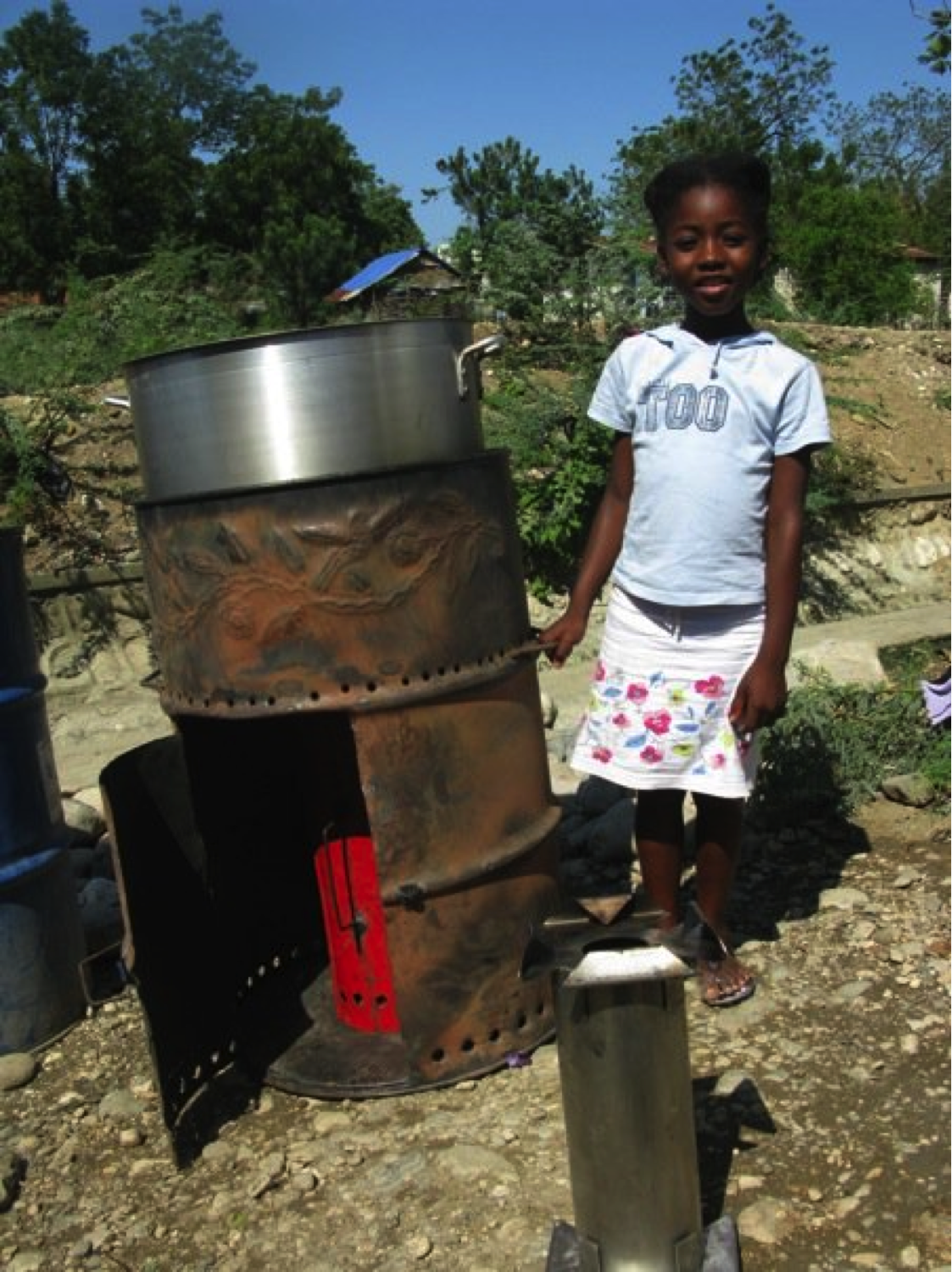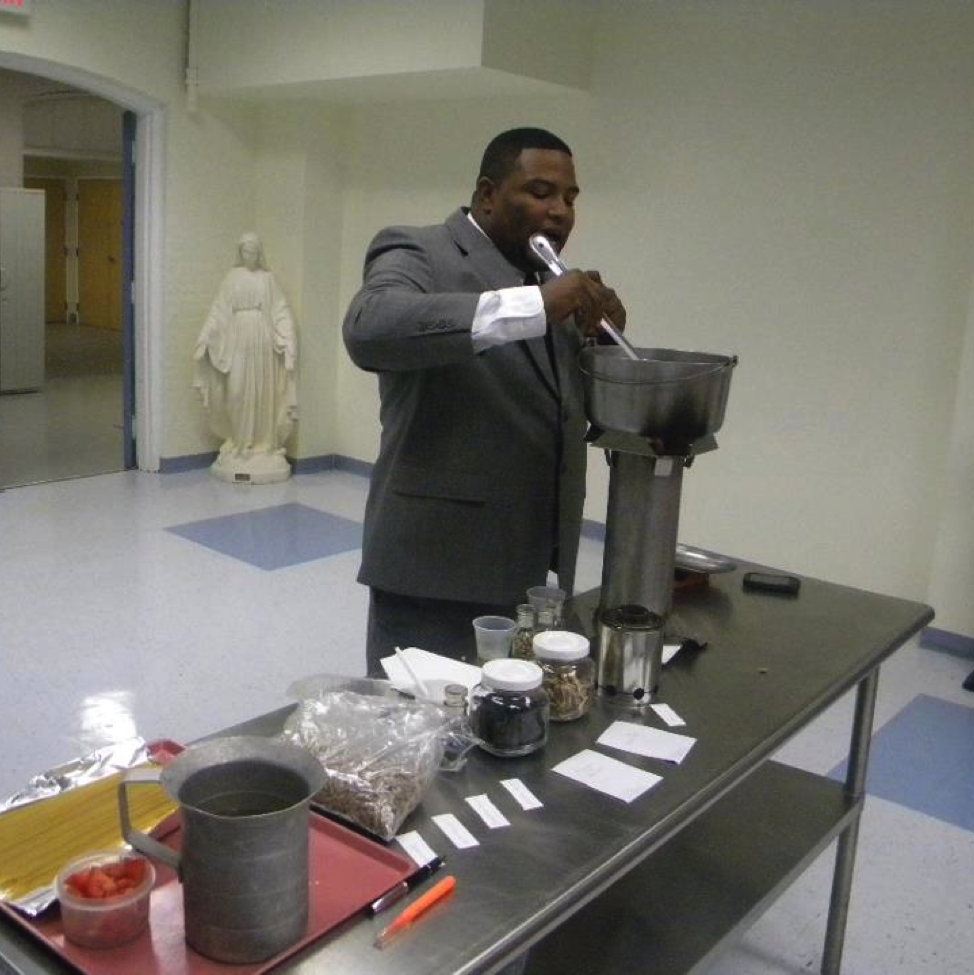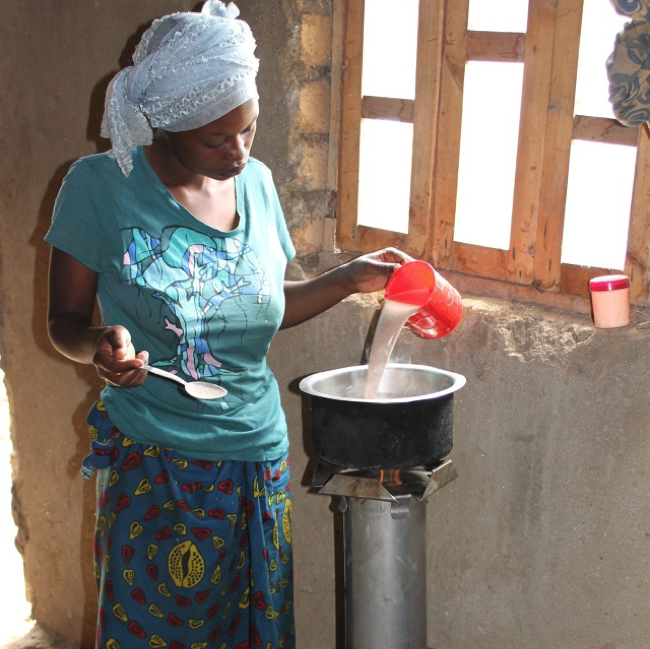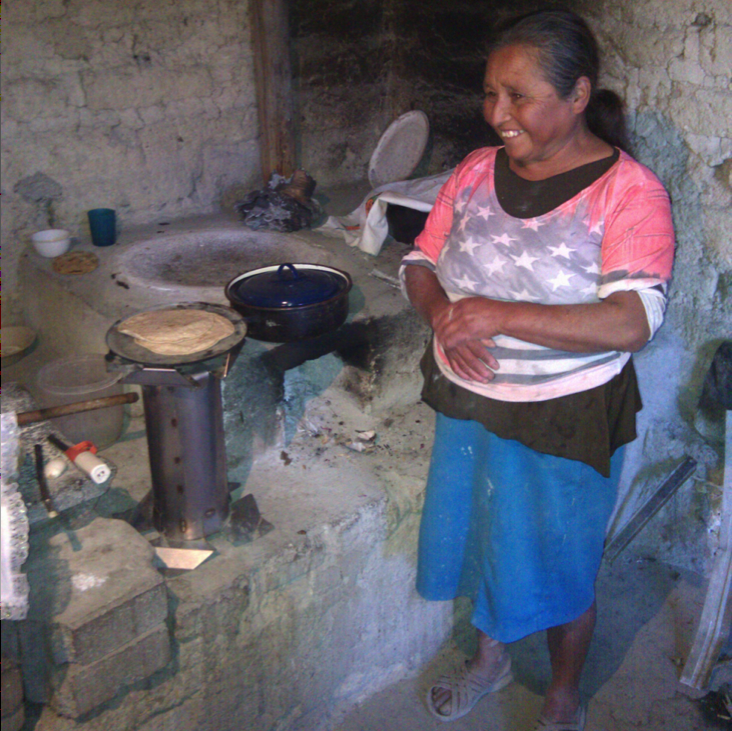As the clean cookstoves movement has grown, so too, have the number of companies that produce efficient cookstoves. We firmly believe that any cookstove that reduces emissions and decreases the dependency on trees for cooking fuel or charcoal is a significant and important contribution. Our stoves are one of these contributions. What set ours apart from others are our proprietary processes that help assure the production of a consistent, high-quality, biochar. In 2009, our company became the world’s first to be certified as fully carbon negative.
We have created 16 different stove models to date, each specifically adapted to local cooking traditions and available waste biomass. We firmly believe that it is important to adapt our stoves to people’s needs so that our stoves become useful to households around the world. While always focusing on highest efficiency and lowest emissions, we adapt our stoves on four different dimensions: culture, ergonomics, technical optimization, and biochar output. Our cultural adaptations are both a question of aesthetics and cooking. A LuciaStove in Ethiopia will have an average cook time of 40 minutes and operate at a very high temperature. While a LuciaStove for Zambia will run for six hours at a moderate temperature. In both cases, the stoves are designed to run without refueling for the entire cook time.
Originally, we assumed that fuel savings and lower emissions would be the most desired result. Evaluating our work, we learned that being able to rely on a consistent temperature and not needing to refuel during a standard cook time were the most popular features for our clients.
In the case of places where soups or slow cooked rice and beans are a staple, the ability to rely on the constant temperature frees people up for the length of the cook time. One customer in Mexico said, “What I like most [about my LuciaStove] is that I can turn it on, put dinner on it, and walk away for three hours knowing that dinner won’t burn and will be ready in three hours for my family. I love that it gives me three extra hours a day.” Secondly, the ergonomics and look of the stove are adjusted for specific regions. Third, since in almost all of our hubs, we depend on pelleted fuel, the stoves are tuned to that specific waste biomass, optimizing combustion and lowering emissions.
Fourth, the final phase of tuning is for the resultant biochar. Each region has different soils, each community depends of different crops, each crop and soil has specific needs and the stoves are adapted so that the resultant biochar is optimized for those soil and crop needs.
Lucia Process Part of what allows us to do all of the above and sets the LuciaStove apart from all others is our proprietary flow pattern, called the Lucia process. Unlike TLUDs, which have an advancing flaming pyrolisis zone, LuciaStoves depend on a negative pressure generated by a series of venturi. Optimal mixing of gasses and combustion air is made possible by a series of stationary turbines inside the stove. The air is drawn through a flame cap at a rate that is slower than that which would be needed to consume all the oxygen present in the air, leaving mostly heated nitrogen as the driving force for our pyrolisis in the fuel. A significant advantage of this is spectrographic analysis of biochar produced in a correctly operated LuciaStove shows that the resultant biochar has a nitrogen spike. Nitrogen is a very volatile gas and in other forms of pyrolisis is driven out of the biomass. Subsequent lab and greenhouse analysis have confirmed that the nitrogen in the biochar produced by the LuciaStove is accessible to plants.

